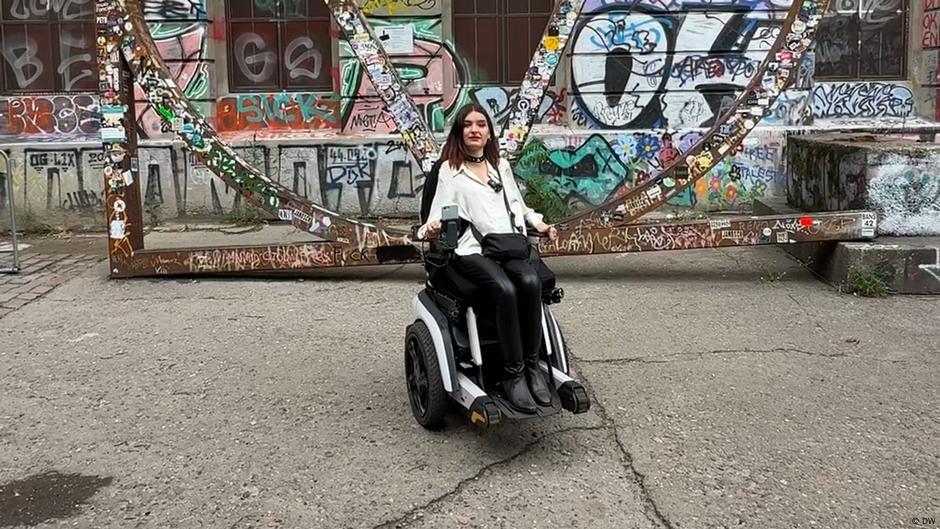
"'I want to be visible even when clubbing' Felize is 20 years old. She comes from a small town in Saxony and recently moved to Berlin. As a young child, she was diagnosed with a genetic disorder and uses a wheelchair to get around. But that doesn't stop her from partying. And her favorite club is Berghain. 'I'm not just a person in a wheelchair – I'm part of this scene. I don't want to be stuck at home just because it takes a bit more effort to go clubbing,' Felize told DW."
"Even though she uses a wheelchair, she feels just like part of the crowd – another regular at Germany's most famous techno club. She is used to the thumping bass, the late nights and the strict door policy – and the feeling of being seen and accepted by strangers."
"Many clubs work with awareness teams and try to keep their line-ups and guest lists diverse, while taking a stand against discrimination. But how accessible and inclusive are these spaces in reality – both physically and socially?"
"Felize always needs someone to accompany her so they can help her and also because trust is important. There are practical questions: Is there a working elevator? Can the wheelchair come through the entrance? Are there stairs? Is there an accessible restroom?"
Felize, a 20-year-old woman who uses a wheelchair due to a genetic disorder, feels an integral part of the clubbing scene in Berlin, especially at Berghain. She values the inclusivity and acceptance she experiences despite the physical challenges of accessing clubs. Every outing involves meticulous planning, including finding trustworthy companions and confirming the availability of necessary facilities. While clubs strive to be safe spaces for diverse communities, questions remain about their true accessibility and commitment to inclusivity for those with disabilities.
Read at www.dw.com
Unable to calculate read time
Collection
[
|
...
]